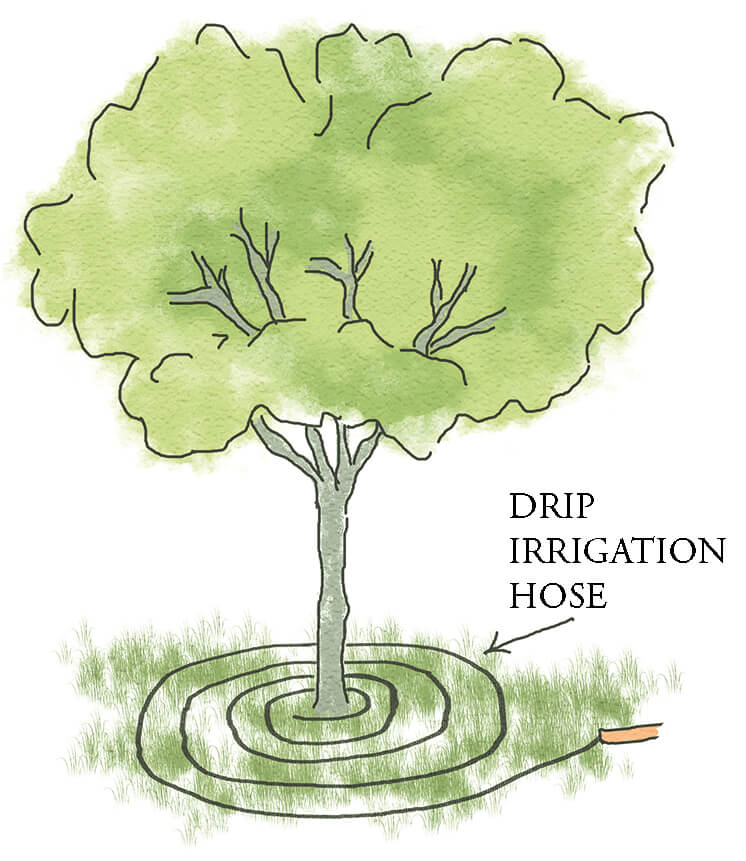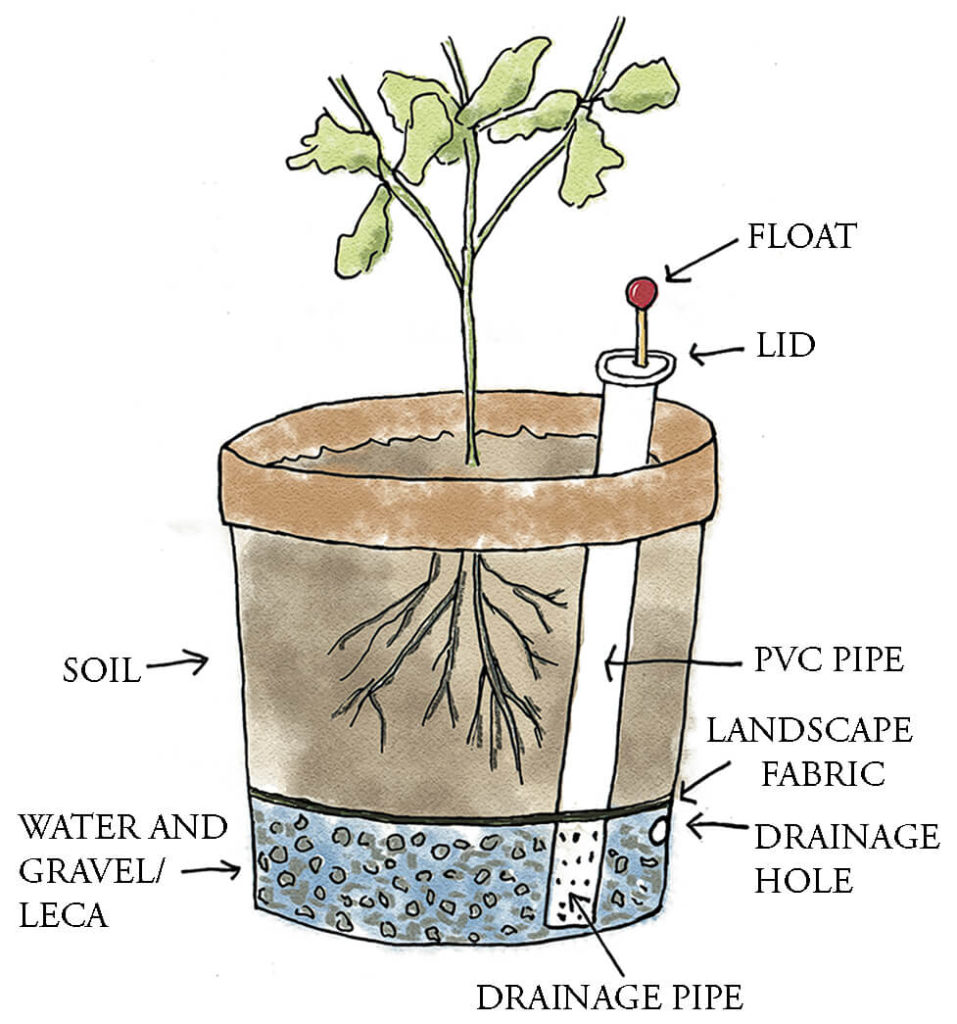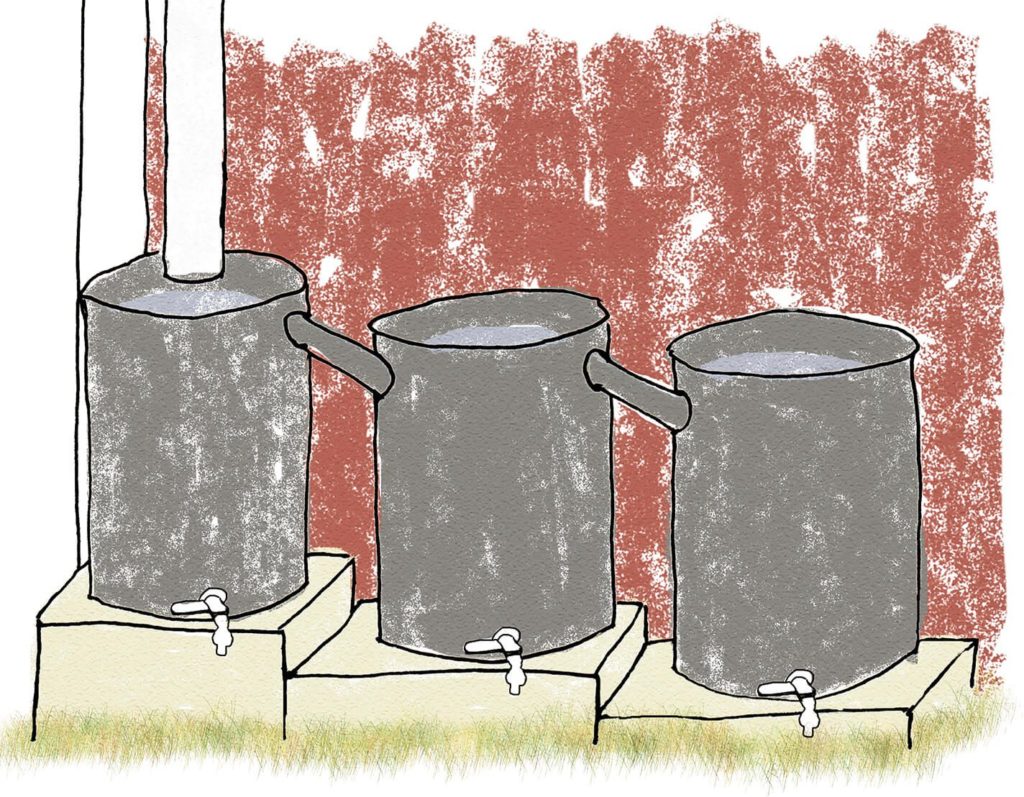Water-Smart Gardening
Author of Sustainable Gardening Made Easy, Eva Pettersson, invites us to become stewards of more sustainable lives, sharing excerpts from her book on how permaculture is the best tool for doing so. Come along with us this summer and taste what the gardening world has to offer.
Personal note
Summer has finally arrived, and it’s time for the first harvest of early annuals. It is fantastic to pick green leaves for your lunchtime salad.
For those of you who want more space to grow food, summer is an excellent time to go on a journey of discovery to find new opportunities.
If you live in an apartment, there may be common areas around the buildings that may be used with permission. Or why not take a trip to the nearest residential area and have a look around. Perhaps there is someone who does not have time for their garden and you can help them in exchange for produce. Ask around, talk to your neighbors and tell them what you are searching for. In many gardens, berries and fruit may be left to rot; maybe there is someone keen to let you pick in their garden. Maybe a farmer would agree to rent you space with others for a community garden. You may be surprised of the opportunities!
Book Excerpt
Save and conserve water
We can no longer take freshwater for granted. We must reduce our water consumption in all conceivable ways or we run the risk of being left without clean water to drink or to water our crops with when rain is scarce. Learning how to take advantage of rain and groundwater in our gardens and using it optimally is essential.
Utilizing different elements and their functions for a sustainable water system is a central design component in permaculture. It may sound repetitive, but water issues are exceedingly essential. Here are some examples:


Avoid overwatering
Although the surface looks dry, there may be enough moisture further down in the soil. A general rule is that the top two centimetres should be dry and the soil below moist to encourage the roots to seek deeper into the soil. This in turn makes the plant more tolerant to wind and drought.
On the other hand, excessively wet soil cannot hold enough oxygen for the plants to thrive, and with too much water, the plants suffocate. It is said that 25-30 mm of water once a week is sufficient for most plants. Still, with different water-saving cultivation methods, this can easily become too much. The best way is to check the soil before watering and make sure that the moisture truly penetrates the soil to stimulate the roots’ growth downwards. A good thing to keep in mind is that one millimetre of the precipitation corresponds to one litre of water per square meter.
Reusing gray water
Reusing your gray water is a major step, but if you are building or renovating a house, much is gained by thinking about a solution to separate gray water from the pure wastewater, or perhaps even choosing a waste-free toilet system. The gray water can then be led to a natural purification bed before it is used for your garden beds. Needless to say, such a system requires that you do not use a lot of chemicals in your home.
Irrigation system
There are many ways to reduce water consumption when cultivating. Here are some examples:
Drip irrigation
The most effective way to water is to install some kind of drip irrigation.
Self-watering vessels
A 1.5-liter plastic bottle can be an excellent self-watering vessel for single sprouts.
Self-watering pots are available to buy, but you can easily and cheaply create one yourself. How long a plant survives on one watering depends on the plant and the size of the pot, as well as where it is placed. For example, a tomato plant in a reasonably large pot can survive for a few days, even if it is warm and bright out.
If you grow in beds, you can, with some additional effort, make them self-watering. Here it is vital to get the bed watertight so that the water does not leak out. The easiest way to solve this is to cover the inside of the bed with a pond liner, big enough to reach up to where the soil level starts.
Barrels and tubs
The most common way to collect rainwater is to place barrels under the pipe. The disadvantage is that they overflow when there is a lot of rain at once, but this loss can be counteracted by making a drain from the first barrel and connecting this to a lower and preferably wider vessel.
